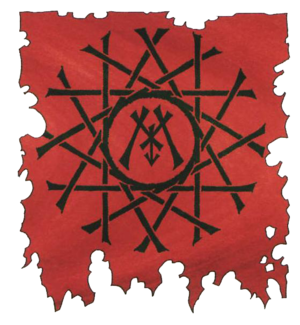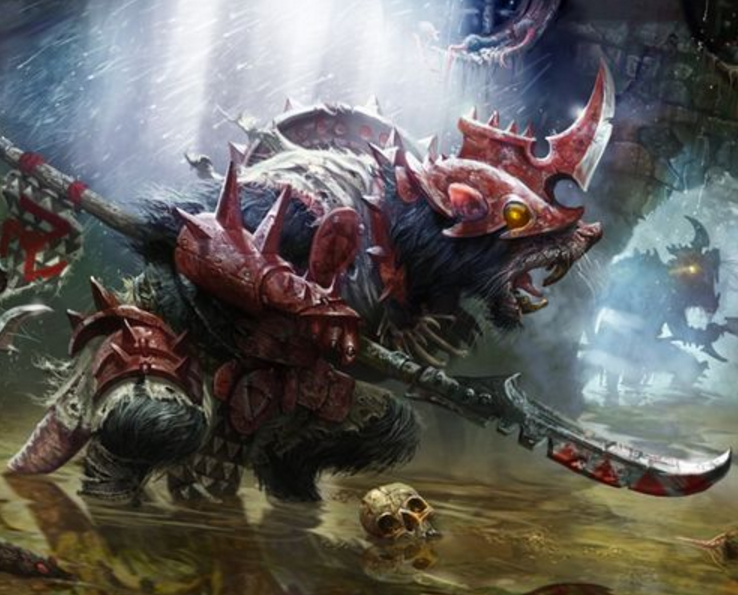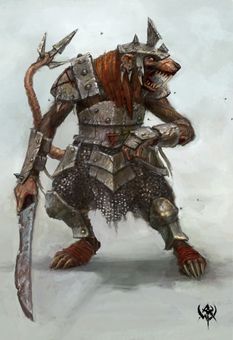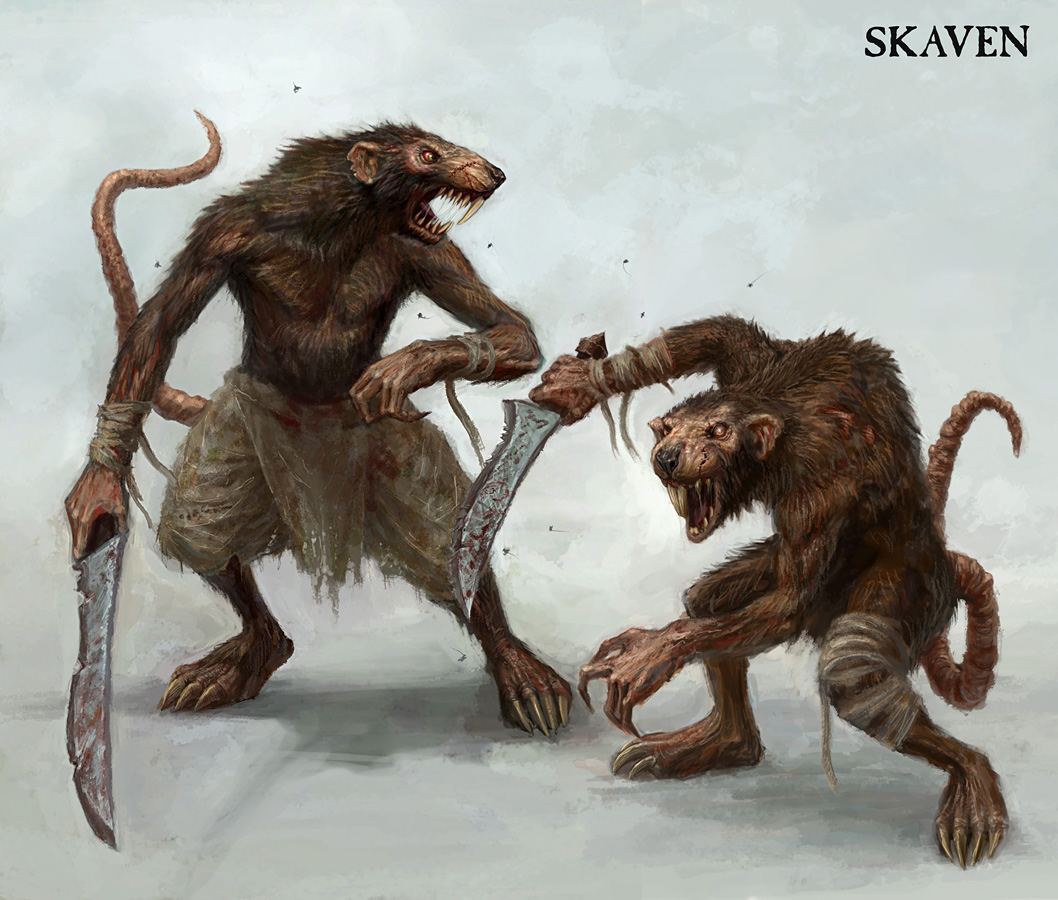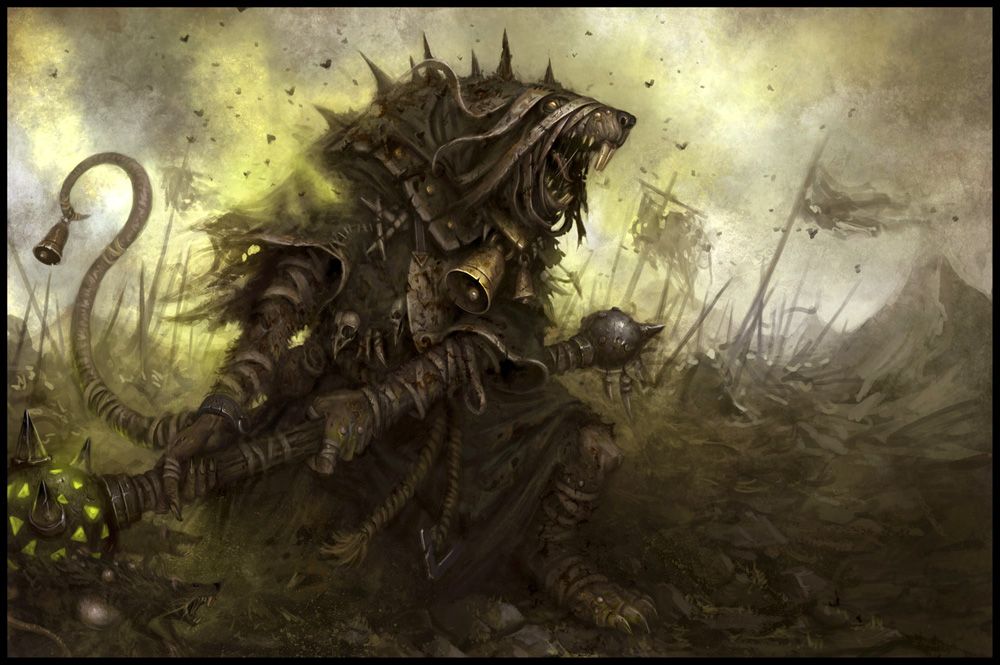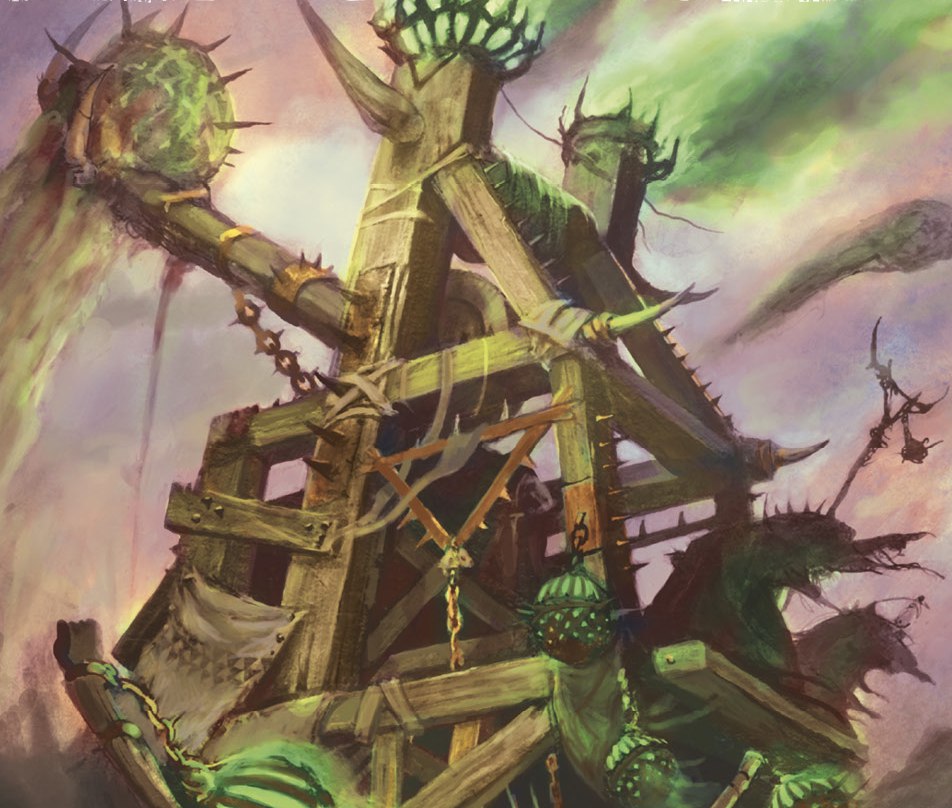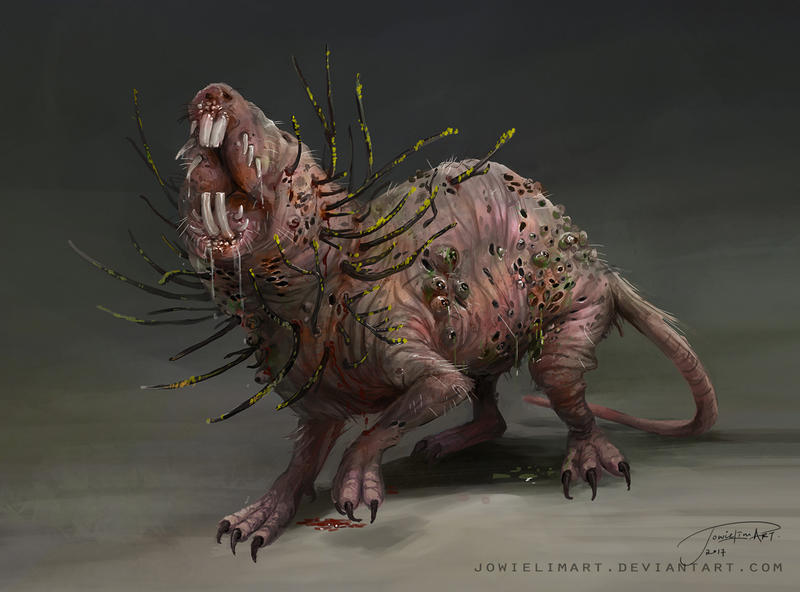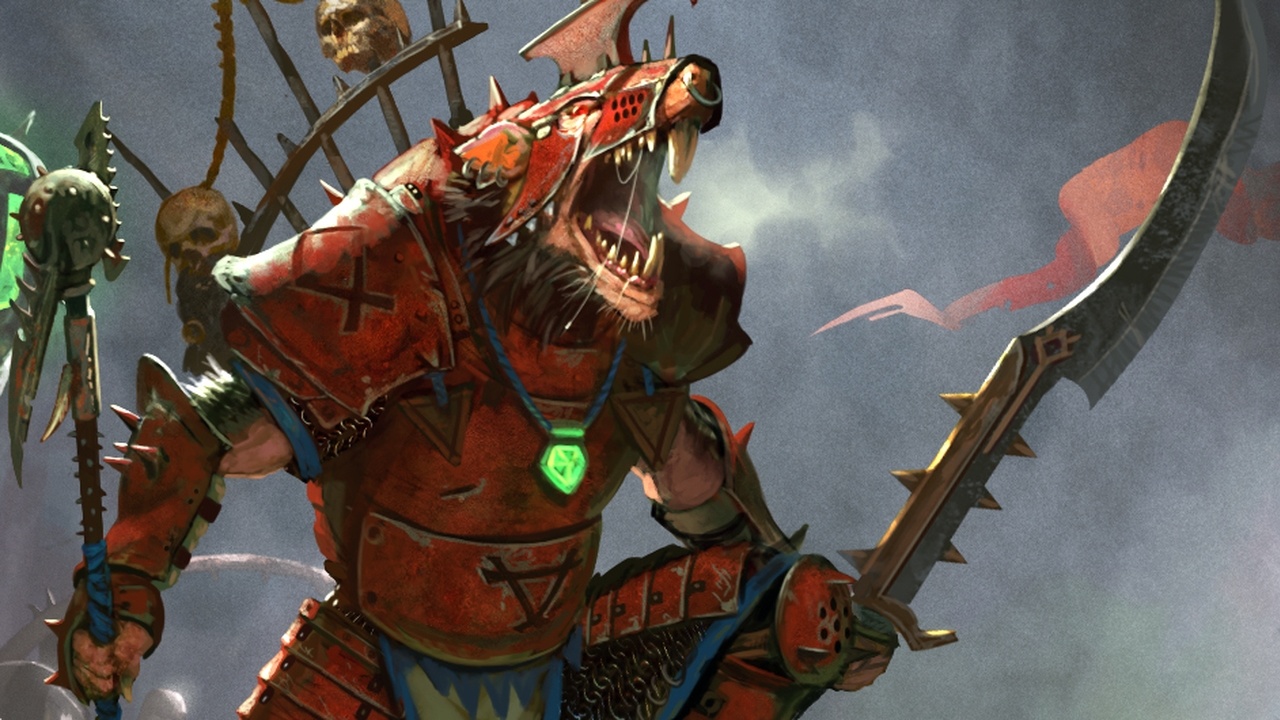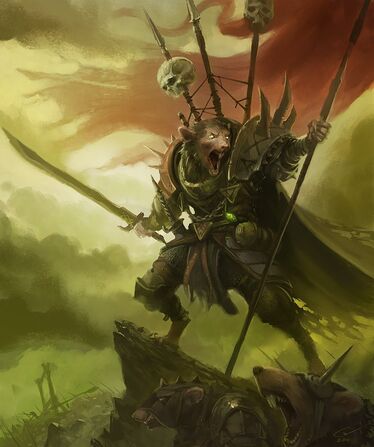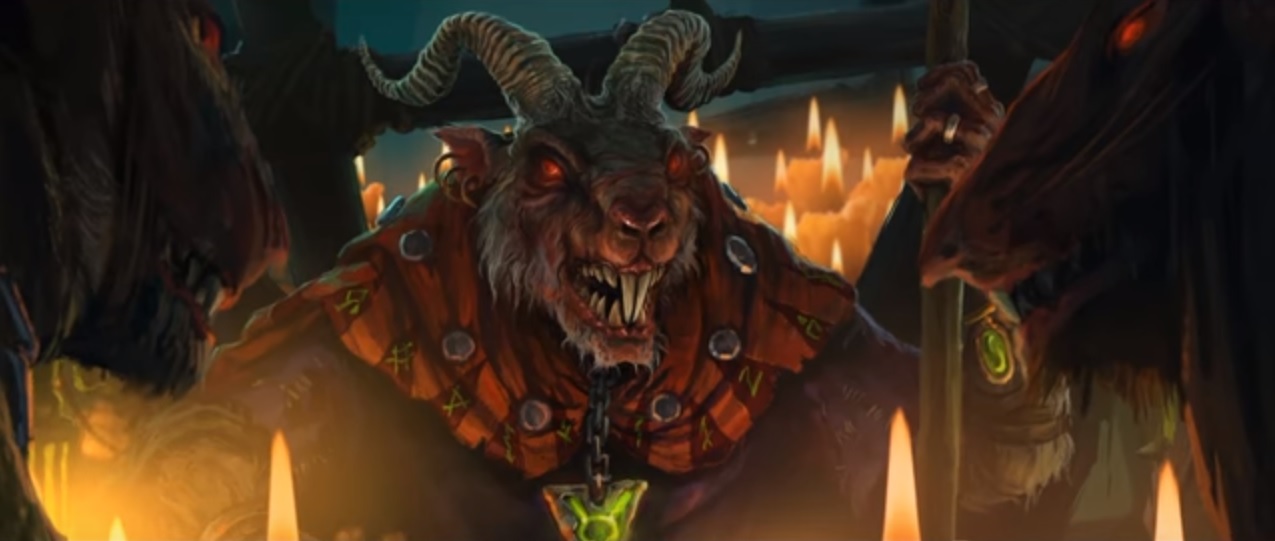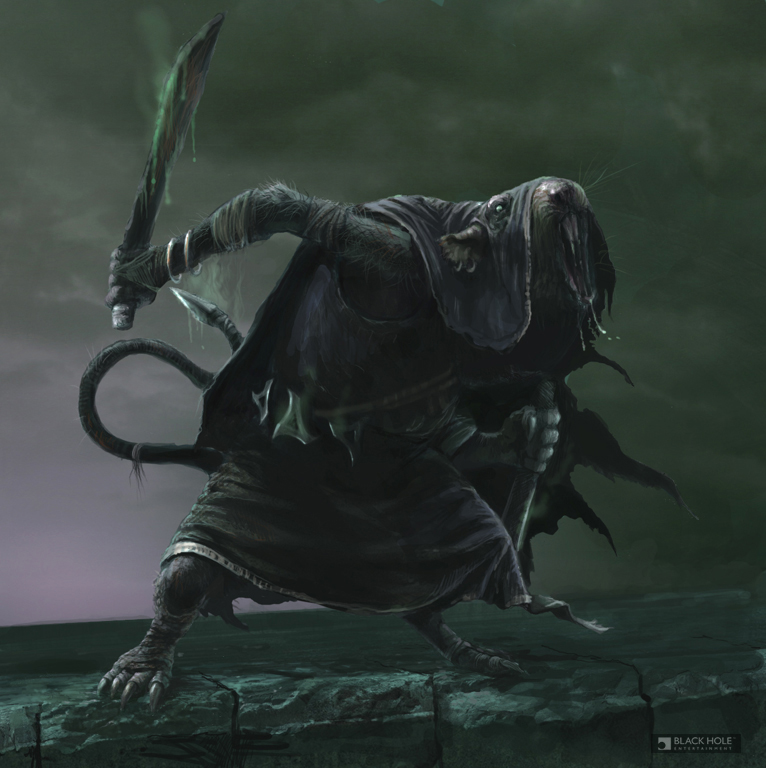The Grand Tribal Confederacy of Koas
 Population:
Population: 12k
Settlement Location: Southeast, will update once
Racial Demographic: 90% male, 10% female. 5% of males are brutes, seven foot tall anomalies that are much less intelligent than the others. 40% of koas have hairy skin, 40% have scaly skin, and the last twenty are rocky, hard skinned individuals.
Hairy koas:

Scaly koas:

Rocky koas:
Culture: Koas are what one may call a savage race. Only recently did they finally achieve any sense of government, and that was only through the works of Shakkath Kann, who finally unified the tribes in a great battle around thirty years ago. The city of Kann-Muzkh is the capital and only city of the Grand Tribal Confederacy of Koas, and it is the home of all of the heads of the dozens of tribes of koas. Shakkath, in an effort to facilitate the growth and unification of the koas, has ordered everyone to move within a few miles of the city, so they may grow as one and be easily able to defend themselves. For in the past, such as when the Tall White Ones invaded, the koas were swept aside with ease, each tribe brushed aside as if they were nothing. This angered the koas, who see losing as a sign of great weakness. Ever since, they have been searching for ways to strengthen themselves as a race, and the Grand Confederacy is the result of all that work.
Koas are a warlike, nomadic people. They eat predominantly mushrooms, giant rats, and the meat of their brand of cattle, the laig-zurg. It is from these beasts that the koas stake their pride on. A koa without a blade and a laig-zurg is a koa without a purpose. Koas are predominantly polygamous, as the more children (especially female) that one has, the richer they are. Females are known to birth as many as sixty koas in one brood, and only around one or two of those may be female. Quick side note: koas will often rent out their wives to others in exchange for monetary compensation, as females are so rare and koas are so desperate to pass on theri seed, that this is a common practice. Think of it this way: the one with the most laig-zurg, children, weapons, and wives is the richest. And Shakkath Kann is definitely the richest koa. As per the terms of his victory over the other koa chieftains, he received sixty wives, a thousand laig-zurg, hundreds of weapons, and many gallons of zurg bier, an alcoholic beverage made of fermented laig-zurg milk.
((Laig-zurg))
The shorter the koa, and the skinnier, the more important they are. Short and skinny koas can fit in places others cannot, and they can easily escape their foes. Also, for some reason, it is found that the taller the koa, the less intelligent they are. These koas, known as brutes, work menial tasks that are simple enough so that they can understand them. They can often go rabid, and so they tend to be kept locked up. In battle, however, they are made drunk on zurg bier, given weapons, and sent into battle. Koas, you see, are not fearful of dying in battle. They believe they will just be reincarnated and sent back into the world by the ancient god that htey worship, a primordial being known as Mau'gurk, or just the Maw. All koas believe they were vomited from the great belly of the Maw, and that some day, it will return to devour them all.
Koas wear loose fitting clothing, tend to be around three or four feet tall (although brute can get up to an incredible seven feet tall), and depending on the tribe, have either scaly or hairy skin. Koas are thought to be immortal. They do, of course, die in combat (often), but there are some koa elders rumored to be hundreds if not thousands of years old. Koas reach maturity at age ten, and are taught from an early age how to hunt, harvest, and fight. They live in short, stone structures or into holes carved into the cavern walls. The city of Kann is actually carved into a giant wall, with stone stairs and pathways leading from dwelling to dwelling. The entire koa population lives deep within the walls, and it is quite challenging (and foolhardy) to assault the imposing structure. The koa army itself is a sufficient deterrent indeed.They wield bows and thin, curved blades in battle. They wear little armor, and instead rely on their thick, somewhat scaly skin to protect them. They are wild and unpredictable in combat, and are known for the shrill, screeching noise they make before entering battle. They are a proud and superstitious race, and are prone to fighting among themselves. Even with the great unification, there are still a few tribes who defy Shakkath Khan's authority. Some speculate as to if the koas will ever be unified.
Religion/Creed: All koas worship Mau'gurk, the great Maw, who vomited forth the world and will one day return to swallow it. They fight for him, as he holds all life within his belly, and it is through him that they are reincarnated. The koas worship Mau'gurk through eating, and feasts are very religious events for them. Eating the flesh of their foes is an even more religious experience. Koas are prone to eating a lot, and there are many fat koas (especially priests). The fatter a koa, the more religious they are thought to be. And yet still, the more skinny one is, the more valuable they are in the end. The koas believe they are all beloved of Mau'gurk, and so respect one another for the most part...if, that is, that koa is in their tribe. All koas believe their tribe to be the chosen one of Mau'gurk, the Furz Brakh, or First Vomited. No one knows for sure who it was. Shakkath Kann claims all koas are equal. No one truly believes that, but no one is brave enough to challenge him. He is, after all, a powerful leader. And the koas worship power almost as much as they worship Mau'gurk.
((Mau'gurk))
 Magic/Innate Abilities:
Magic/Innate Abilities: Once a koa reaches the age of one hundred (rare indeed) they have the potential of receiving the "Blessing of the Maw". The Blessing of the Maw is thought to be magic. When fed a certain type of fungus found near the anus of the laig-zurg, these centennial koas are able to enter trance-like states in which they can see the future, the past, and alternate paths. They remain in this state for days, weeks, even months. If a koa eats this fungus before the age of one hundred, they too enter this trance. But they never awaken. Koas that eat this fungus are from then on known as Seers, and are among the highly respected members of society, alongside the fat, the female, and the short. All koas have incredible reflexes and are quite skilled in decision making. It is thought that all koas have a bit of this seer ability within them, but it doesn't reach its full potential until that vital one hundredth year. Even then, the predictions tend to be vague and intricate, and require the assistance of priests or other scholars to interpret them. Only a few koas above the age of one hundred choose to be seers, as after the usage of the fungus, they are very weak for the rest of their lives and must be waited on hand and foot.
Economy: The backbone of the koa economy is the laig-zurg. Without it, the koas are nothing. They make meat, clothing, alcohol, hallucinogens, all sorts of stuff from the laig-zurg. Every part of the beast is used. Weapons are made from their bones, lubricant from their fat, and even a suitable gunpowder substitute can be made if the eyeball is ground up and mixed with a few ingredients known only to koas themselves.
Koas make a lot of money within society from prostitution. The females are always asked to bear children, and considering the gestation period for koas is around three months, they are able to make plenty of money to help provide for their families. Koa females reach sexual maturity at age nine, and from that day forth, they are constantly in the bedroom, constantly being waited on, and even being worshiped.
The selling of the laig-zurg to other societies, and the renting of koa mercenaries is very popular. Many people groups go ahead and do both, purchasing herds of laig-zurg and a handful of koa mercenaries along with them. Zurg bier is a popular commodity, as it is cheap and can easily intoxicate even the stoutest drinker with shocking ease.
As for imports, koas love mushrooms and relish hunting giant rats. They do the latter for sport, while the mushroom industry in the Grand Confederacy is booming. Mushrooms are highly valuable, as they have all sorts of effects, especially on koas.
In short, mushrooms, laig-zurg, alcohol, weapons, prostitution, and mercenary work are the main factors of the koa economy.
Combative Forces: All koas know how to fight. All males, anyway. Most are skilled in the usage of the bow and the blade, and due to their small size and agility, they are adept at ambushing their targets. Koas ride a certain breed of the laig-zurg, known as the lai-wur, into battle. The lai-wur are skinnier and tougher than their domesticated counterparts, and are specially bred for war. Larger koas ride these into battle, and are used as shock troops.
Most koa armies consist of the following:
Commander: the chief koa, the wisest, or strongest, or most willing of them all. Formulates battle strategy, and is surrounded by elite warriors clad in armor crafted from iron. Rides in a chariot pulled by giant rats.
Brutes: seven foot tall monstrous koas who wield great branches, big rocks, or occasionally actual weapons. Sent in to distract the enemy while the light infantry peppers the enemy with arrows. Very high mortality rate. Tend to fight naked. Tend to be coated in war paint and given zurg bier so as to dull their senses and make them rowdy and angry.
Braves: the backbone of any koa army. These koas wear brown loincloths and leather breastplates (occasionally helmets), and wield long sabers and short bows. They tend to hide in the darkness or behind large rocks and use the element of surprise. They fight ferociously, and in units known as duzes. In duzes, one koa charges in with his saber while the other fires his bow. These pairs work quite efficiently, as when one member gets tired, the other duz member can switch out. Most battles with koas are quite short, however. The braves launch a big, wild, terrifying assault, kill as many of their foes as possible, and then flee, drawing their foes out before launching another attack and cutting off their pursuers from the main force. They then continue to flee, drawing their foes deeper into the caves and harassing them and picking them off until they flee, or until they are weak enough for the laig-wur to come in and finish them off.
Laig-wur (Knights): Knights is a close comparison to what the laig-wur riders are. They wield great spears and long swords, and ride on laig-wur. While the braves distract the enemy and the brutes sow terror, the laig-wur wait for their time to strike. They hit the weak points, sowing terror and killing with impunity. They often target the leaders of the opposing force, in an attempt to stop the fight before it gets going.
With these basic units, the koas are able to efficiently wage war. Most of these strategies were recently implemented by Shakkath Kann, tactics he used to conquer all of the koa tribes.
Warefare Weakness(es): Koas rarely wear armor, and when they do, it is never very good. A solid strike from most any weapon will break their defenses and send the poor beast to the ground. Their skin, while thick, cannot stop a direct hit. Koas also are prone to fits of unnecessary bravery and rage during battle, and it is up to the commander and officers to make sure the koas don't get out of control during the fighting and compromise the mission. What is more, koas are not meant for prolonged engagement. They will constantly retreat until they have nowhere else to retreat to, and cannot fight head to head against stronger and better armored foes. They are meant for hit and run attacks, not full blown conflict.
Settlement: Kann-Muzkh is the main settlement of the koas. It is carved into a massive stone wall in the side of a cavern. It is a network of caves and holes and interlocking tunnels. It is a sanctuary situated above the floor below. It is only possible to get up to Kann-Muzkh through a series of rope-operated elevators or through secret tunnels known only to the koas. At night, when the sun isn't shining through the great opening in the cave roof, the torch lights in the openings of the wall appear like so many fireflies resting on the cavern wall. At the base of the wall is a palisade, within which live the poorer koas, and the holding pens for the massive herds of laig-zurg. Outside the palisade are some of the more nomadic and reclusive koas who still live in tents or little stone buildings, where they hunt, gather mushrooms, or live out their traditional lives, still under the watchful eye of Shakkath Kann.
Society History: No one has an exact record of koas. This is due to them having just recently developed a written language, everything else before that point (that point being just after the invasion of the Tall White Ones one hundred fifty years ago) being communicated via drawings and oral tradition. Koas have always been divided into tribes, each worshiping different things, but all those things having ties to the Maw. It is believed that koas entered the cavern while pursuing a pack of laig-zurg. They fell in love with the natural safety of the stone walls and the abundance of laig-zurg and mushrooms within the cave, and settled there. Thousands of years later, and the koas have finally unified. There was a great war thirty or forty years ago, where the forces of Shakkath Kann and his supporters fought a vicious and bloody war against a few tribes that opposed the unification of the koas. They claimed that this went against koa tradition, and so was a sin. Shakkath argued that tradition had gotten the koas nearly wiped out many years ago, and if they ever wanted to be respected, they'd have to unify. Shakkath's new kingdom is the first example of a unified koa kingdom in history. The tribes are still working out the kinks, but the basic structure is this: Shakkath Kann is at the head, while the hundreds of tribal chiefs are below him.
Back when the Tall White Ones invaded, the tribes were forced to work together and fight alongside the other underfolk. Many koas died in their guerilla-style war against the crusaders, and following the conflict, the tribes of the koas for the most part agreed to be at peace with the other underfolk, and to no longer raid and attack them as they had done in the past. However, now that Shakkath Kann has taken control of the koas, it is unclear just how he will go about dealing with other underfolk. Some say he will conquer them all and rule the Chasm himself. He has done nothing about the treaty made by the old chiefs yet, but he is still a very young koa at the age of sixty-five, and many say that he is now looking to expanding the powers of the koas so as to satiate the wanderlust and angst of the tribal chieftains. Indeed, Kann has many critics and foes, but he has control of the army, while the chiefs merely control paltry warbands. It would take a lot to dethrone the Chosen of the Maw. But some say change is nigh. For the better or worse, none can say.
The koas are naturally suspicious of all others, even themselves, and so many wars have broken in the past, especially against the walking Mushroom Folk, who the koas regularly wage war against. Even now, Shakkath Kann is gearing up for another attack on the poor fellows, as he is a known lover of mushrooms. Koas, despite their shiftiness and warlike tendencies, are valued for the sale of their zurg bier and for their work as guards and mercenaries, and koas work throughout the Chasm in these jobs. Most taverns have koas as their bartenders. Koa prostitutes are delicacies. And their warriors are among the best light infantry in the world. But now that they're unified, will this change? No one knows what Shakkath Kann will do. All they can do is wait.
CHARACTERS
Ruler: Shakkath Kann
Title: The Great Kann of the Grand Tribal Confederacy of Koas
Form of Address: Respected Kann
Age: 65
Sex: Male
Appearance:
Notable Equipment: A great blade carved of bone, a cloak made of human flesh, and a skull that he carries that once belonged to an important koa chieftain. Some even say he has a flintlock pistol that he keeps strapped under his coat...just in case.
Personality: Shakkath Kann is a leader. He is strong, charismatic, and stubborn. He's a bit shifty, and never answers any question directly. He is always looking out for himself, and always looking out for a way to come out on top.
Backstory: Shakkath's backstory is shrouded in legend. But most people agree on the following. Shakkath was the only koa born to his mother. This itself is an anomaly, as usually koas are born in broods of at least twenty. But Shakkath was unique. It is rumored he devoured his siblings in the womb, for he would need their strength for his upcoming task. Shakkath was young when his tribe was wiped out during an altercation with some human foes. When Shakkath became a man at the age of ten, he found the men who attacked him. He asked why they did it. They responded that it was because they knew the koas were disorganized and weak. After killing the men, Shakkath embarked on a quest: to unify the koas, and turn them into a force to be reckoned with. He dueled chieftain after chieftain, killing them all and claiming their tribes as his own. By the time everyone realized what he had done, it was too late. He had legally become chieftain of almost every tribe. A brief, bloody war followed, during which hundreds of thousands of koas died. Eventually, Shakkath came out on top after defeating his foes in a massive battle that ended with him devouring their corpses. Ever since, Shakkath has ruled the koa people with an iron fist, yet fairly as well, as he faces the project of assimilation and unification head on. He is constantly facing opposition, such as in the case of Gu'ba Dreth and his tribe, but Shakkath is always one step ahead, thanks to his thousands of children, his influential wife, and the loyalty of his subjects. He may just be able to keep the koas unified. Maybe.
Other Influential Parties (at least three)
Name: Gu'ba Dreth
Role: Major member of tribal council, chief of the Dreth Tribe.
Appearance:

Summary: Gu'ba is a major opponent of the unification movement, and has gathered quite a bit of support among the tribal council. He claims that they should live as the Maw meant: scattered and chaotic. Together weak, divided strong is his motto. Gu'ba is constantly plotting, constantly scheming, and is looking for any way to undermine Shakkath's authority. He just wants his tribe to be free of the tyrant's grip.
Name: Shalya Kann
Role: Great Mother of the Koas
Appearance:
Summary: Shalya is the greatest of Shakkath's wives, and she has borne him almost two thousand children, all of whom serve in the army. She is the Great Mother of the koas, the chief of women, and is thus the mistress of all trade issues, all prostitution, and all foreign diplomatic relations. It is through the Great Mother that one may speak to Shakkath Kann. She is cunning, she is seductive, and she knows the ins and outs of most every court in the Chasm, if you know what I mean.
Name: Naki Kann
Role: Quartermaster Commander of the Koa Army
Appearance:
Summary: It is Naki who leads the forces of the koas and oversees all tactical moves. He hires out mercenaries, orders the crafting of weapons, and trains his warriors. He makes sure the forces of the koas are ready at all times, and he protects the city of Kann-Muzkh from all invaders. He is the first born son of Shakkath Kann, and is the great leader's most trusted adviser and follower. He acts as Shakkath's second in command during times of war, and is the heir to the throne, should something ever happen to the good leader.
Name: Kuush Mau
Role: Grand Priest of the Maw
Appearance:

Summary: Kuush Mau is abnormal. He is a brute, but he is a chosen seer of the Maw. It is extremely rare for a brute to be blessed with foresight upon reaching the age of one hundred, and yet he received it. He communicates his findings by drawing upon a large wall in the temple. He is constantly high on laig-zur fungi, and is considered to be the holiest priest in the entire kingdom. Gu'ba often visits in secret, trying to see what will befall Shakkath Kann and the kingdom of koas, but Kuush is stubborn and loyal to the Maw. When probed for information, he says the only words he knows: "The Maw know all. Kuush know nothing." Kuush's wisdom is sought by koas and others alike. His writings of the future and past are priceless, and are heavily guarded by the koas.














